Entering into European session, Canadian Dollar is so far the strongest one for today as supported by resilience in oil prices. WTI is staying firm at around 56.5 level. Dollar is the second strongest but it’s merely paring back some of yesterday’s steep decline. The greenback is pressured by Fed rate outlook as well as falling treasury yields. New York Fed John William’s comments indicates he’s comfortable on keeping interest rate unchanged until there is a change in economic outlook. Dollar and treasuries will look into FOMC minutes to be released later in the day.
Staying in the currency markets, New Zealand Dollar pares back some of recent rebound after mixed PPI. Yen follows as the second weakest as Asian stocks, except China, extends recent rally. Sterling is the third weakest one so far.
In Asia:
- Nikkei closed up 0.60%.
- Hong Kong HSI is up 0.95%.
- China Shanghai SSE is down -0.01%.
- Singapore Strait Times is up 0.44%.
- Japan 10-year JGB yield is down -0.005 at -0.035.
Overnight:
- DOW rose 0.03%.
- S&P 500 rose 0.15%.
- NASDAQ rose 0.19%>
- 10-year yield dropped -0.019 to 2.647.
- 30-year yield dropped -0.006 to 2.991.
One thing to note is that 5-year yield at 2.458, is below 6-month yield at 2.501. Yield curve is getting more inverted again.




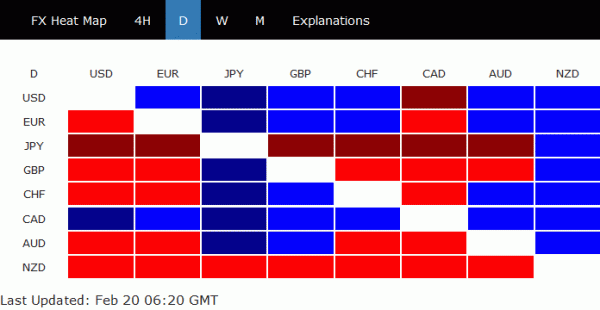

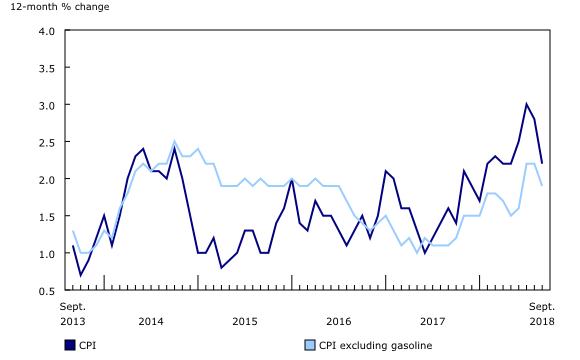
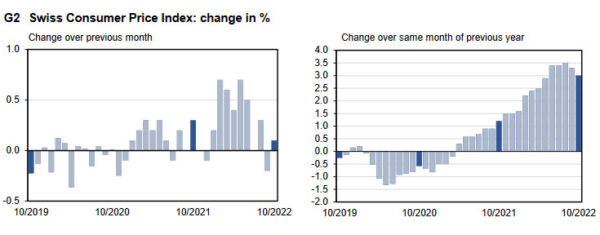
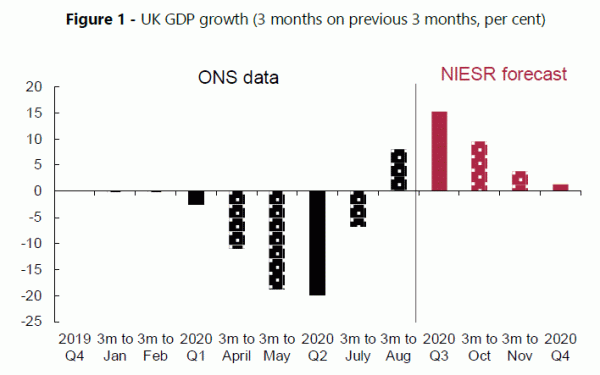
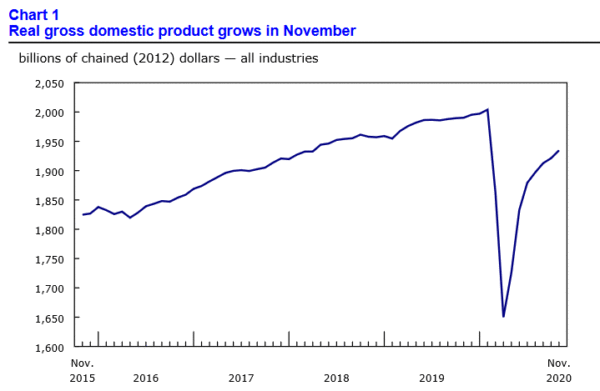
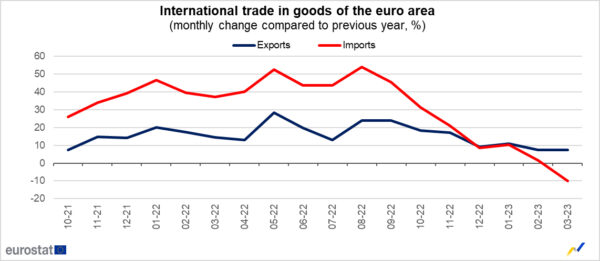
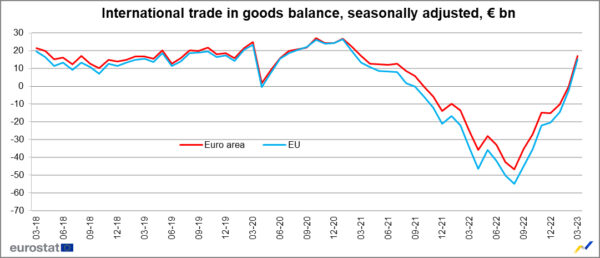
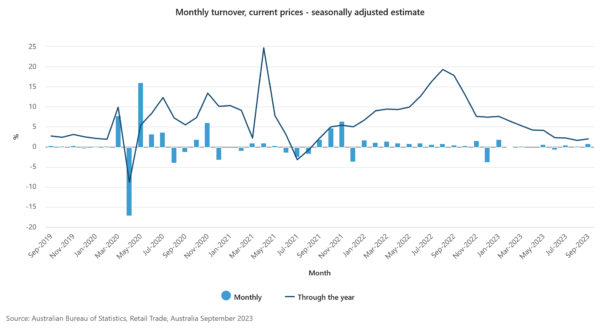
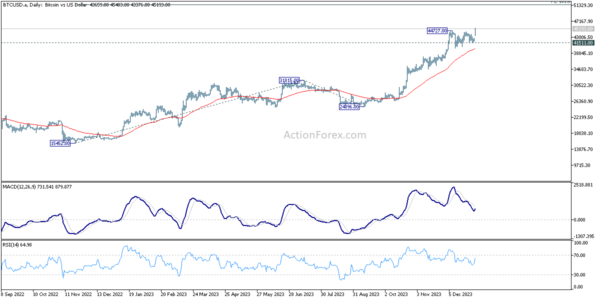
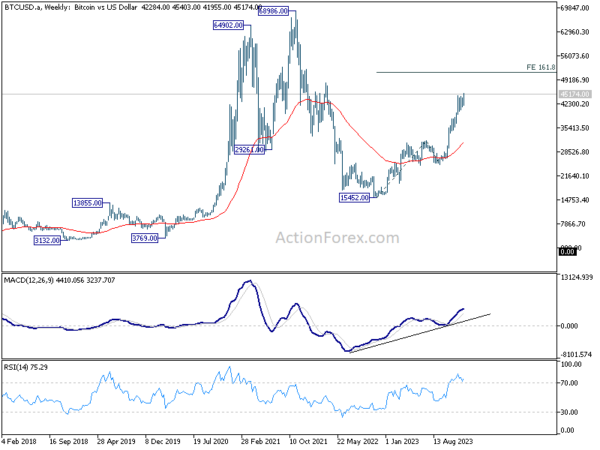
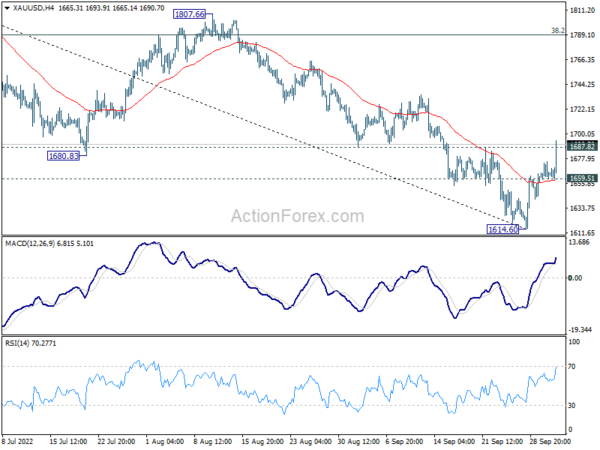
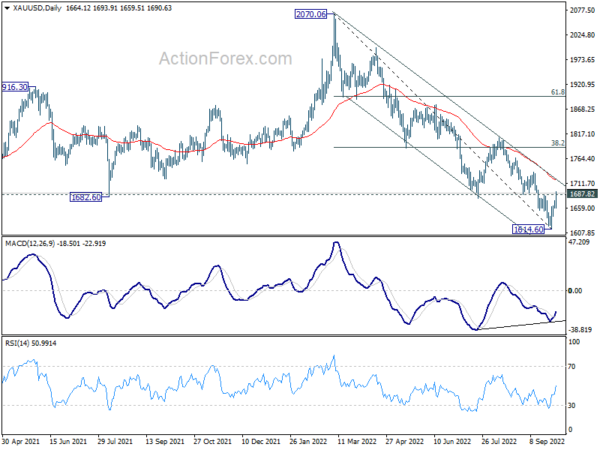
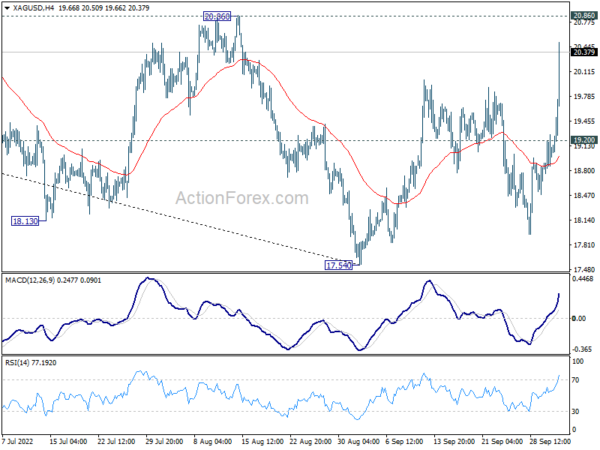
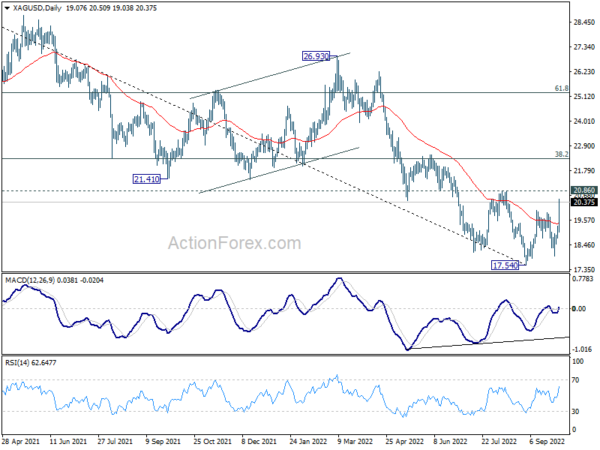

BoE Bailey: Faster tightening will help, but policy not on predetermined path
In the post meeting press conference, BoE Governor Andrew Bailey said, “overall a faster pace of policy tightening at this meeting will help to bring inflation back to the 2% target sustainably in the medium term,” he said.
“Looking ahead, that does not mean we’re now moving to a predetermined path of raising bank rate by 50 basis points per meeting, or indeed any other number for that matter.”
“Policy is not on a preset path. And what we do this time does not tell you what we’re going to do next time. All options are on the table for our September meeting, and beyond that.”